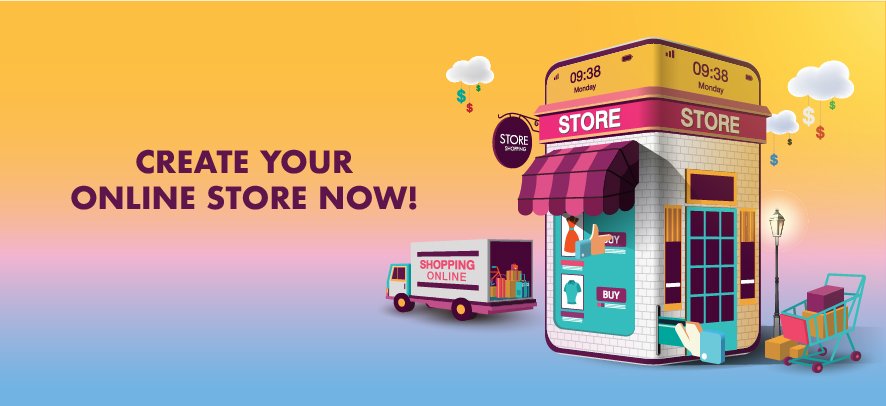The Strategic Imperative of Building a Modern E-commerce Venture
Launching an online store in today’s digital-first economy is an exercise in strategic precision, extending far beyond the mere selection of products and a digital storefront. The modern e-commerce landscape demands a sophisticated, multi-faceted approach that integrates market positioning, operational architecture, and sustainable growth mechanisms into a single, cohesive engine. Success is not accidental; it is engineered through a deep understanding of market dynamics, the meticulous construction of a resilient business infrastructure, and the data-driven cultivation of customer relationships. This report delves into these core pillars, providing a strategic framework for entrepreneurs aiming to build not just an online store, but a durable and profitable digital enterprise.
I. Strategic Market Positioning and Product-Market Fit
The foundational stage of any e-commerce venture is achieving product-market fit, a state where a product’s value proposition perfectly aligns with the needs of a clearly defined target market. [1][2] This goes beyond identifying a niche; it requires a rigorous validation process to confirm genuine market demand before significant investment. [3] An effective method involves developing a Minimum Viable Product (MVP)—a core version of the product with just enough features to attract early adopters and validate a product idea early in the product development cycle. [1] Feedback from this initial group is critical. A strong indicator of product-market fit is when a substantial portion of users, often cited as over 40%, state they would be “very disappointed” if they could no longer use the product. [2] This qualitative data, combined with quantitative metrics like strong user retention and organic word-of-mouth referrals, provides a clear signal that the business is solving a meaningful problem for which customers are willing to pay. [1] The choice of product sourcing is also a key strategic decision. While dropshipping offers capital efficiency and low entry barriers, it often leads to commoditization. [4] Conversely, private label manufacturing, though requiring more upfront capital, provides control over branding and the creation of a unique selling proposition (USP), which is a cornerstone of defensible market positioning. [5][6] By analyzing competitors to identify their strengths and weaknesses, a business can carve out a distinct space in the market, whether through superior quality, innovative features, or a unique brand narrative that resonates deeply with its target audience. [7]
II. Architecting a Resilient Digital and Logistical Infrastructure
The operational backbone of an online store consists of its technological platform, legal structure, and fulfillment logistics. The choice of an e-commerce platform represents a critical long-term decision, often boiling down to a trade-off between Software-as-a-Service (SaaS) solutions like Shopify and open-source platforms like WooCommerce. [8] SaaS platforms offer ease of use, predictable subscription fees, and managed security, which lowers the initial technical burden. [9][10] However, this convenience can come at the cost of flexibility and potentially higher long-term costs through transaction fees or mandatory app usage. [9] Open-source platforms provide unparalleled control and customization but demand significant investment in development, maintenance, security, and hosting. [8][11] A Total Cost of Ownership (TCO) analysis is crucial, projecting expenses over a three-to-five-year period to reveal the true financial commitment of each option. [12] This technical infrastructure must be built upon a solid legal foundation. Registering the business as a Limited Liability Company (LLC) is a common and prudent step, as it protects personal assets from business debts and liabilities. [13] Furthermore, navigating the complexities of sales tax compliance is non-negotiable. The 2018 South Dakota v. Wayfair Supreme Court decision established the principle of “economic nexus,” obligating businesses to collect sales tax in states where they exceed certain revenue or transaction thresholds, even without a physical presence. [14][15] These thresholds vary by state—for instance, many use a $100,000 in sales or 200 transactions model, while states like Texas and California have a $500,000 threshold. [15][16] Failure to comply can result in significant back taxes, fines, and interest payments, making automated tax compliance software an essential investment from the outset. [14][15]
III. Engineering Sustainable Growth with an Integrated, Data-Driven Approach
A powerful online store is rendered useless without a systematic approach to attracting and retaining customers. Sustainable growth is achieved not by employing disparate marketing tactics, but by building an integrated marketing engine where all channels work in concert to guide customers through a journey of awareness, consideration, conversion, and loyalty. [17][18] This strategy ensures a consistent brand message across all touchpoints, from social media and content marketing to paid advertising and email campaigns, creating a seamless customer experience. [19] The effectiveness of this integrated approach must be rigorously measured through data analytics. The central metric for the financial viability of an e-commerce business is the ratio of Customer Lifetime Value (LTV) to Customer Acquisition Cost (CAC). [20][21] LTV represents the total net profit a business can expect to make from a single customer over the entire duration of their relationship, while CAC is the total cost of sales and marketing to acquire that customer. [22][23] A healthy LTV/CAC ratio, generally considered to be 3:1 or higher, indicates a profitable and scalable business model where the value derived from a customer is significantly greater than the cost to acquire them. [21][24] A ratio below 1:1 signifies that the business is losing money on each new customer, an unsustainable position. [20] By continuously monitoring this and other key performance indicators—such as conversion rates and customer retention—businesses can make informed decisions, optimizing marketing spend to acquire the most profitable customer cohorts and ensuring long-term, sustainable growth. [23]



